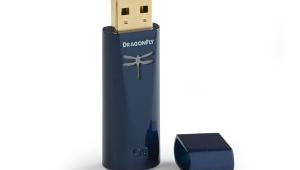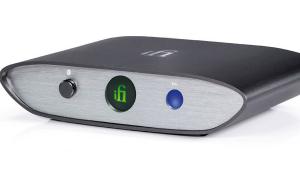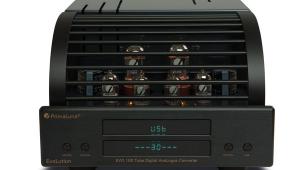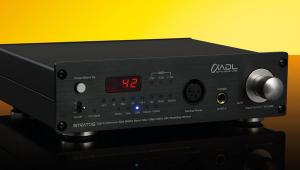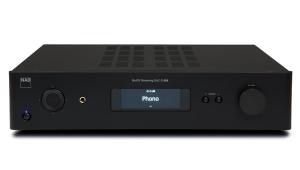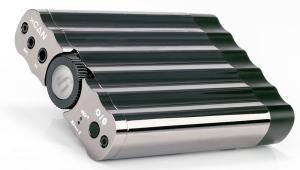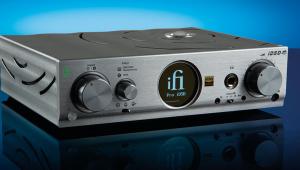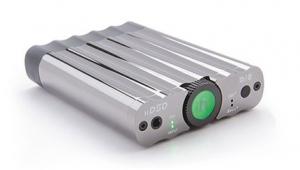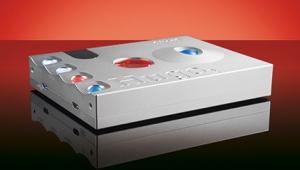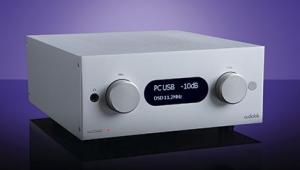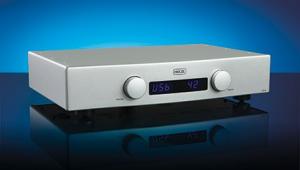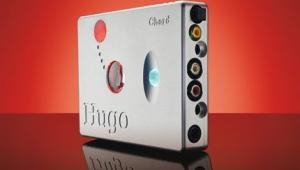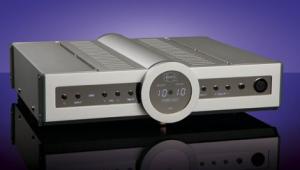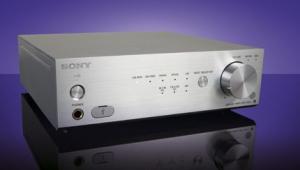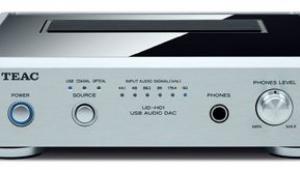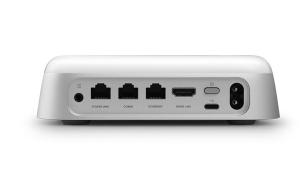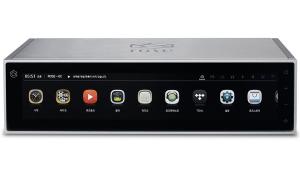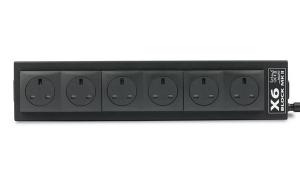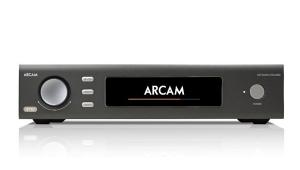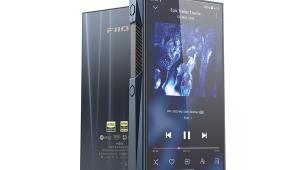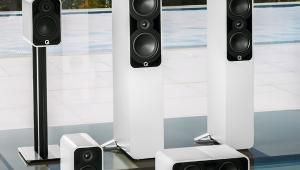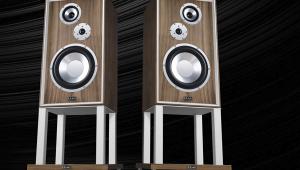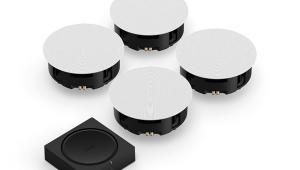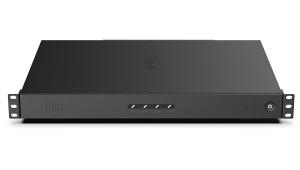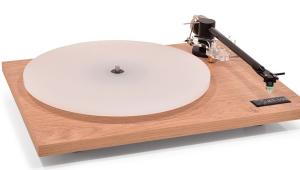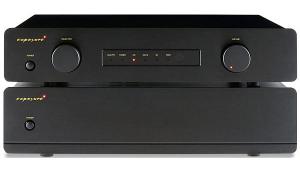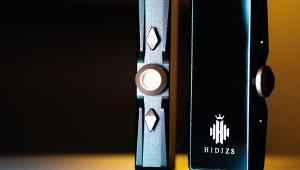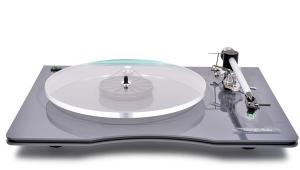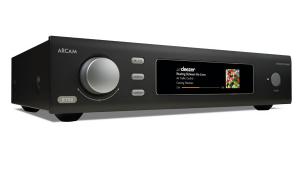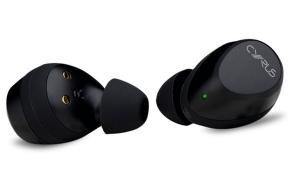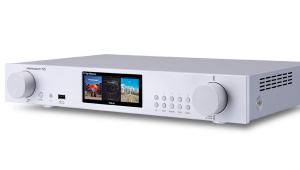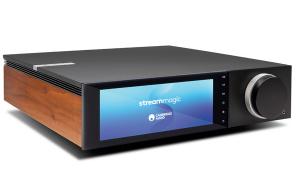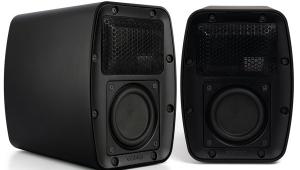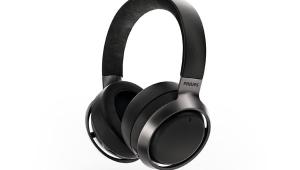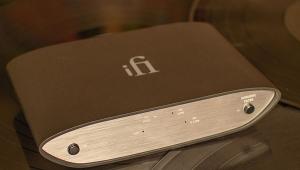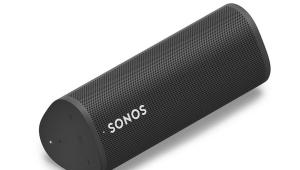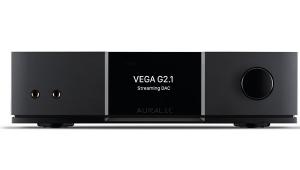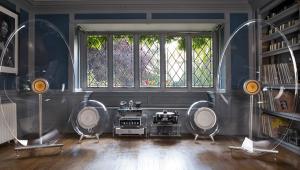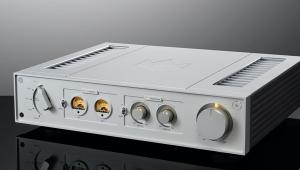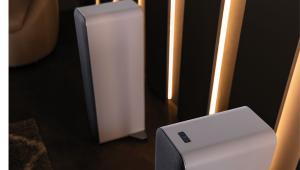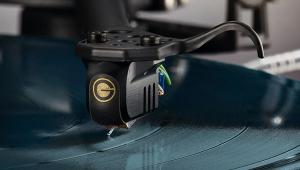iFi Audio iDSD Diablo
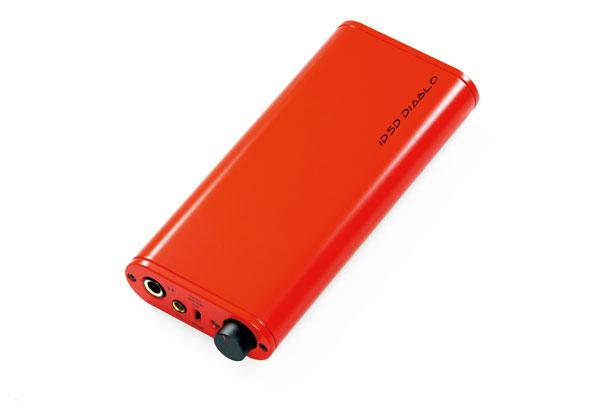
 A trusted travel companion, the compact xDSD DAC/amp (HFC 439) combined attractive sound quality with a smart, pocket-sized design. The company’s new iDSD Diablo isn’t quite so neatly designed – despite its eye-catching case – but it certainly goes all-out to provide an impressive new top-of-the-range flagship option, with a price tag to match.
A trusted travel companion, the compact xDSD DAC/amp (HFC 439) combined attractive sound quality with a smart, pocket-sized design. The company’s new iDSD Diablo isn’t quite so neatly designed – despite its eye-catching case – but it certainly goes all-out to provide an impressive new top-of-the-range flagship option, with a price tag to match.
At more than twice the price of its predecessor, the Diablo is also twice the size and weight, meaning it’s better suited to desktop use at home rather than as a pocket-friendly portable. However, iFi provides a sturdy case so you can slip it into your bag when on the move. And, while the Diablo includes one of iFi’s noise-reducing ‘iPower’ mains adaptors for indoor use, it also has a powerful rechargeable battery that can last for up to 12 hours, depending on the headphone you use with it.
The two Burr-Brown DACs and a 16-core XMOS chip provide support for PCM up to 32-bit/768kHz, DSD512, 2xDXD and MQA. There are USB-A and S/PDIF inputs on the back and iFi provides a USB-A cable and optical/coaxial adaptor. There is a USB-C port, but it’s only for charging. You’ll also need an adaptor for Apple or Android devices. The first production run also comes bundled with iFi’s iPurifier noise filter.
The front provides both a 6.3mm port for single-ended headphones (with 3.5mm adaptor included) and 4.4mm with balanced output. There’s also a second 4.4mm balanced out on the back and a 4.4mm-to-XLR cable is bundled so you can use it with external speakers or an amplifier.
The front panel also houses a smoothly precise analogue volume dial and a ‘mode’ switch that adjusts the power output. Its most powerful ‘Turbo’ mode is designed for driving larger over-ear headphones and lasts for a maximum of six hours. ‘Normal’ is for smaller headphones and lasts for up to nine hours, while the 12-hour ‘Eco’ mode is for sensitive in-ear monitors or preserving battery.
Sound quality
The Meze 99 Classics (HFC 410) that I hook up to the Diablo can be used with either single-ended or balanced connectors and is a good advert for the benefits of the Diablo’s balanced output. I don’t have any complaints about the clear, precise sound produced via single-ended output, but the balanced output sounds brighter with a greater sense of presence.
Listening to my lossless AAC recording of Thomas Tallis’ sublime devotional Spem In Alium, the Diablo displays the lightest of touches. Each voice seems to rise gently during the quiet introduction, creating an impressive, soaring sense of space. The sheer clarity of detail is outstanding as the 40-voice choir gradually builds, and then the Diablo delivers the vast crescendo with an uplifting sense of awe.
Switching to the MQA streaming of my Tidal account, I’m delighted by the taut, pounding drum and chopping guitar intro to Didn’t Want To Be This Lonely, by The Pretenders, with the jangling guitar and crisp, cymbals creating a wonderfully loose and relaxed rhythm, driven along by the high-speed bass riffing.
Changing pace to Max Richter’s Shadow Journal, the Diablo easily accommodates the track’s expansive, ambient soundstage, allowing the looped samples plenty of room to pulse hypnotically in the background. The sharp tones of the violin cut through like a knife, and then the electronic bass strikes like the sound of distant thunder, leaving the mournful strings floating in its wake.
Conclusion
It’s expensive and many users simply won’t require the Diablo’s balanced output options, but with suitable headphones – and that second XLR output for speakers – the iDSD Diablo will make a terrific centrepiece for a good desktop music system. CJ
DETAILS
Product: iFi Audio iDSD Diablo
Type: DAC/headphone amplifier
FEATURES
● Input: USB-A; S/PDIF
● Headphone outputs: 2x balanced 4.4mm; 1x single-ended 6.3mm
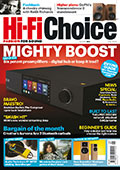 |
Inside this month's issue: Neat Acoustic Mystique Classic floor standing loudspeaker, Austrian Audio The Composer headphone, T+A PSD 3100HV network-attached DAC/preamp, Audio-Technica AT-SB727 Soundburger portable turntable, a preamplifier Group Test and much, much more...
|
